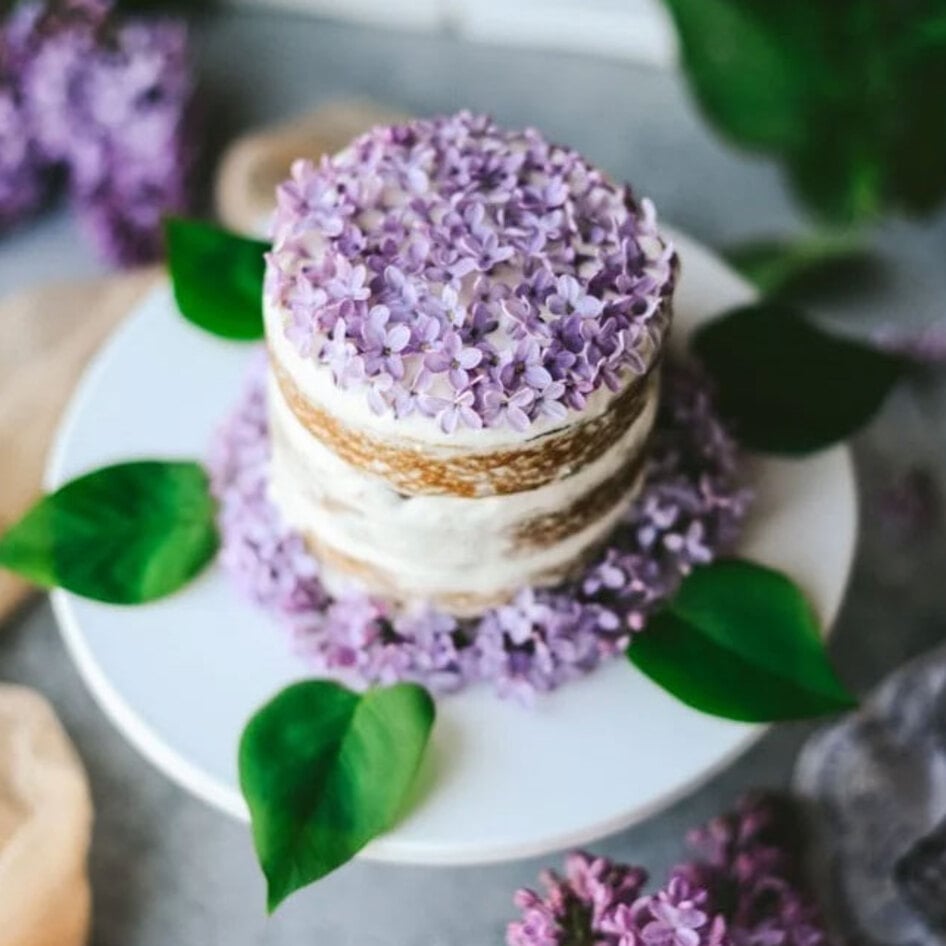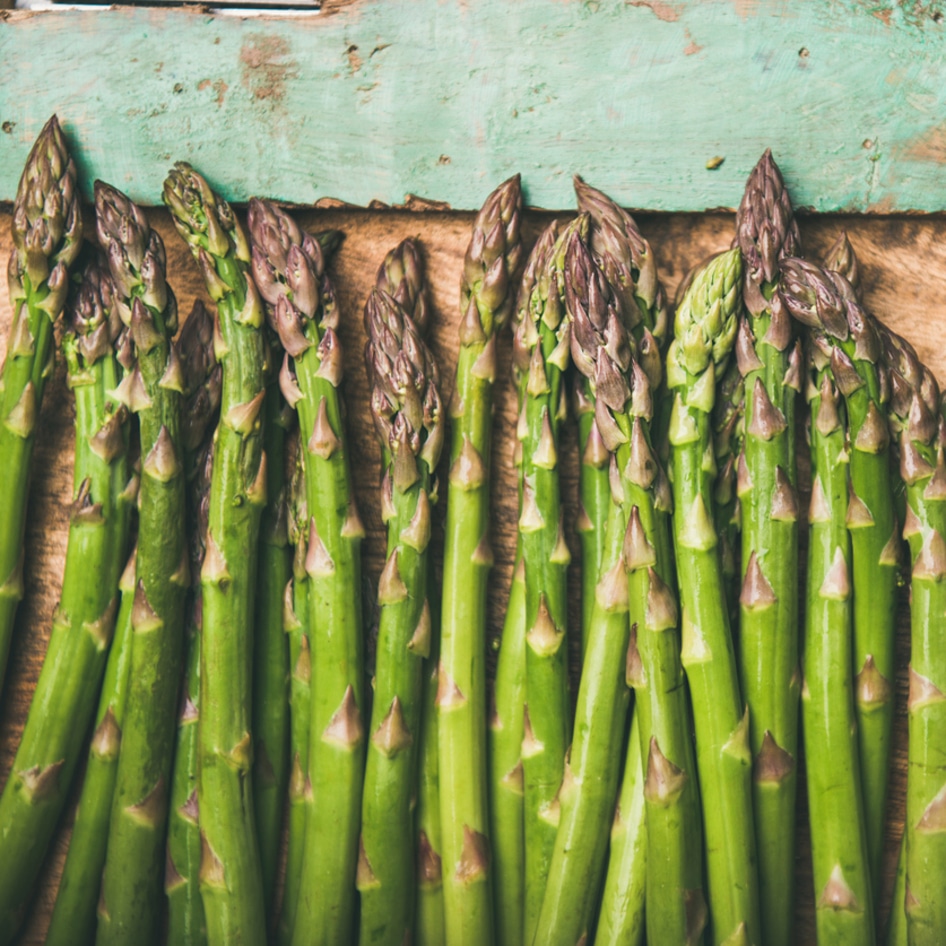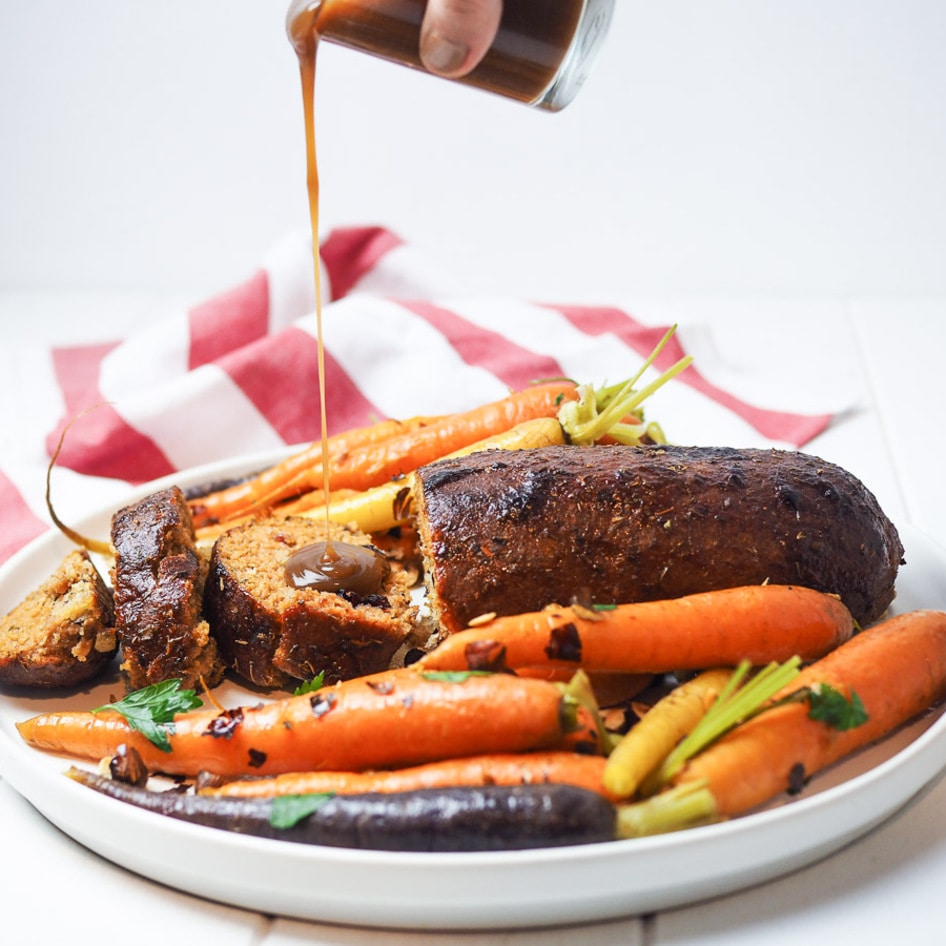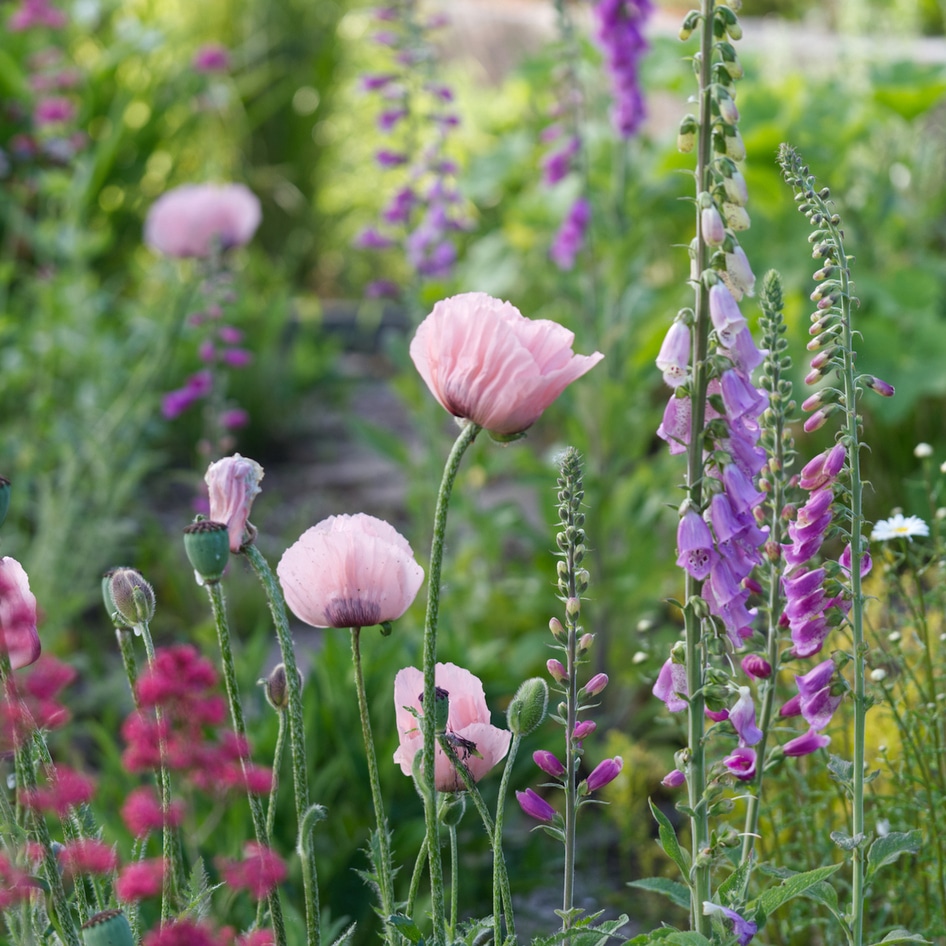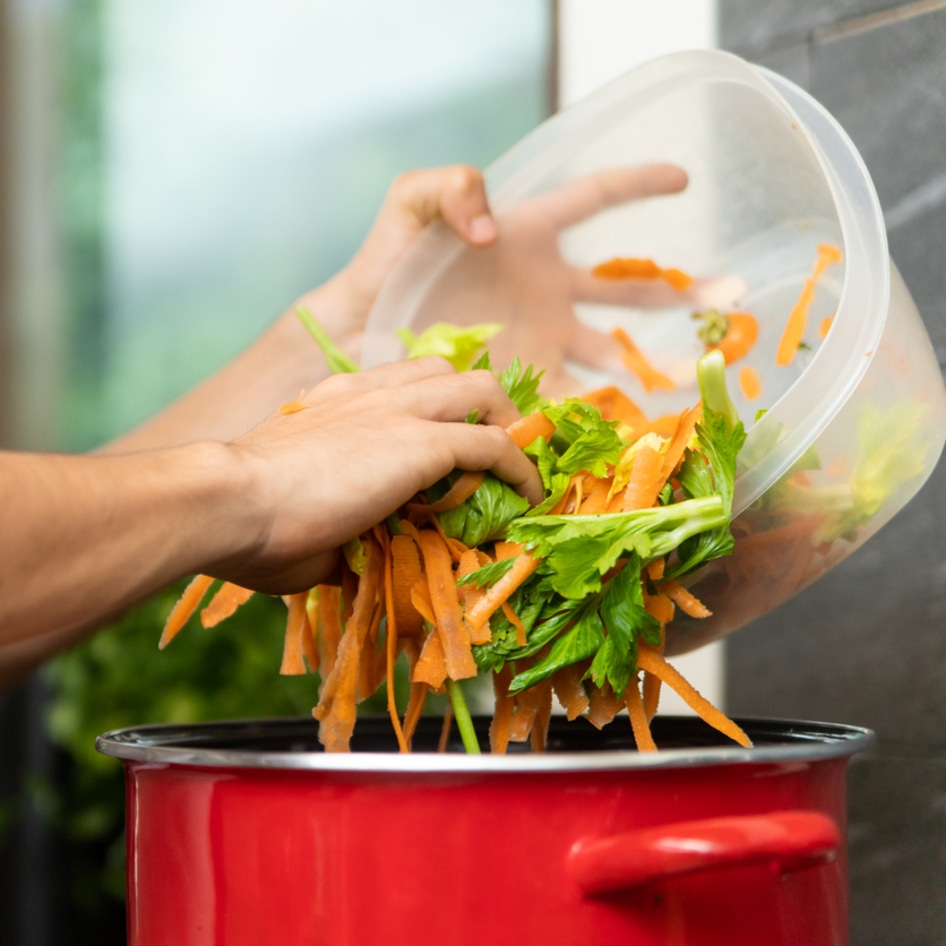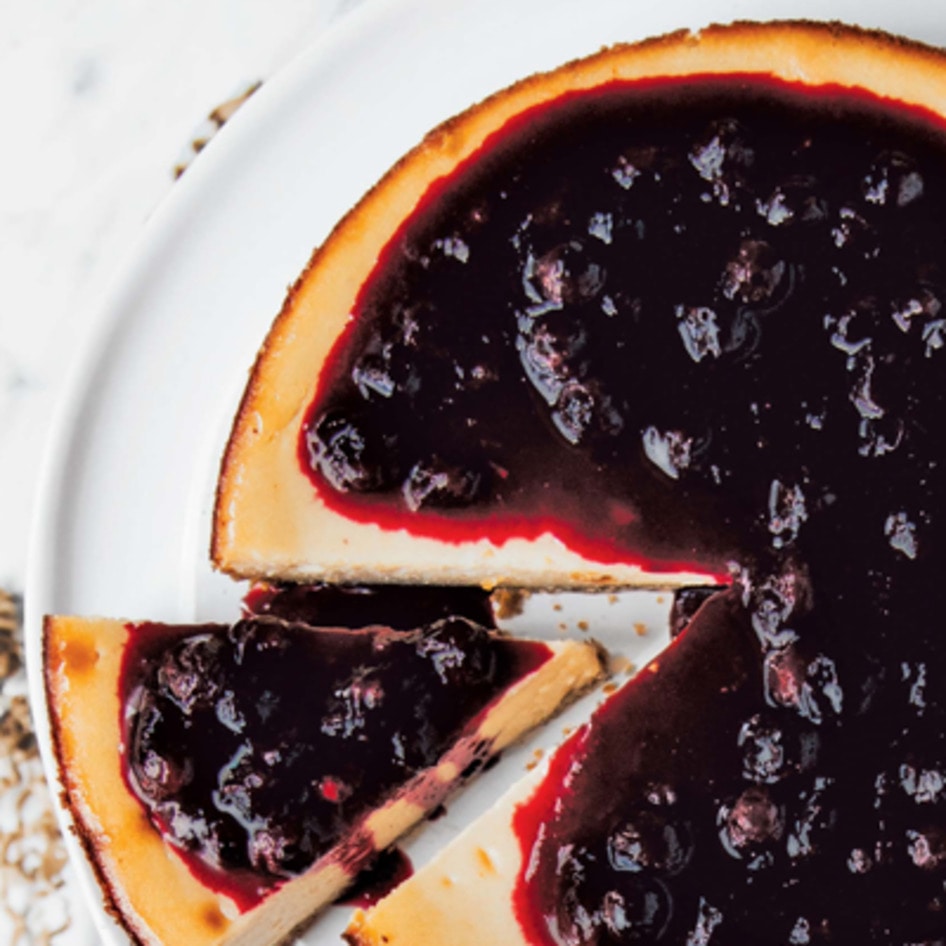5 Ways to Cook Edible Flowers
There are dozens of edible flowers you can harvest from your vegetable garden, meadow, or by taking a walk around your parks.
September 21, 2017
It no longer feels like summer, but it isn’t quite fall. The days are getting shorter, and your summer garden doesn’t have much time left to produce. However, squashes—and some other vegetables and herbs—thrive as the air turns crisp and the humidity wanes. As these late-summer champions come alive, they produce colorful and delicious blossoms. Herb blossoms need to be picked early and often to keep the aromatic leaves producing, but the vegetable and squash blossoms are a bit trickier. The key to harvesting squash blossoms is to identify the right blossoms: male blossoms won’t produce squash, but female blossoms will have the vegetables grow through the center of the flower, and need the flower to become pollinated. Naturally, once you’ve become aware of herb blossoms, the next logical step is to eat them! With this in mind, here are five of our favorite ways we’re enjoying this unique seasonal overlap.
1. Batter fried
Right now, we’re loving this temperature … and this recipe from the VietVegan because, similar to many other foods in this world, a good batter and fry makes squash and zucchini blossoms crunchy (and tasty). Best of all, this method works on any flower—even ones that have gotten wet or limp from the fluctuating temperatures in your garden.
2. Stuffed blossoms
Large blossoms can hold a lot of stuffing and can be stuffed with almost anything! While you can stuff and fry a vegetable blossom, I prefer a good oven bake such as a stuffed cannelloni (try a bake at 375 degrees using a homemade tofu ricotta). The best part of making homemade stuffing is that you can use a base recipe and make it sweet by adding fruit jelly or agave, or savory with your favorite garden-fresh herbs, tomato paste, and pepper flakes. For more ideas for stuffed blossoms try cashew cheese with a batter fry or this inventive potato stuffing.
3. Garnish everything
Herb blossoms such as parsley, basil, cilantro, arugula, and chive taste great when cooked, but they’re even better when eaten raw. Furthermore, garnishes create interesting colors and textures for your dishes, often adding a bright crunch with a peppery finish. Little flowers can be placed whole on top of main courses, soups, and tossed in salads, while larger garden blossoms such as squash, leek, cucumbers, and melons can be shredded and incorporated into pastas or treated like plant-based alternatives to shredded cheese on things like risotto or enchiladas.
4. Squash-blossom soup
While completely satisfying to shred and add to your favorite vegetable or minestrone soup, squash blossoms are part of traditional Central American soups. Known in Mexico as Caldo Xóchitl con Flor de Calabaza soup, this dish usually uses chicken and cream, but there are, however, some great vegan recipes that pay homage to this favorite such as this one from People for the Ethical Treatment of Animals.
5. Sautée all the way
Sauéteing is a fast and easy stove-top method that allows for oil and spices to heat, season, and soften just about anything. You can sautée a filling for a taco or quesadilla, create a tofu scramble, or use your sautée as a building block for an all-out stir fry. Just remember that blossoms—much like fresh herbs—are more delicate and can break down easily in high heat. In any sautée or stir fry, add blossoms last, and don’t sautée longer than two minutes.
Suzannah Gerber is vegan executive chef who teaches classes on plant-based nutrition and urban farming and also works with plant-based diets in medical studies.
JUMP TO ... Latest News | Recipes | Guides | Health | Shop

